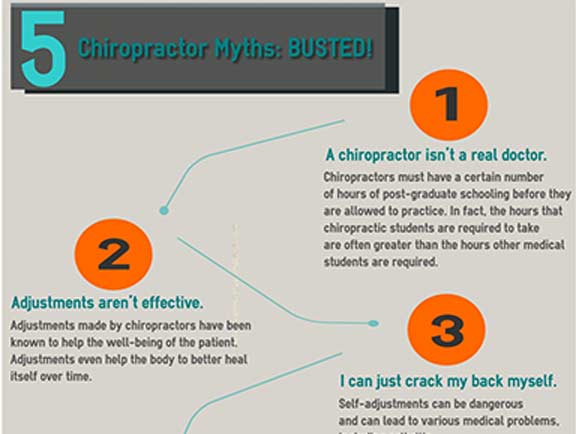The Science Behind Cold Laser Therapy: Recognizing Its Mechanisms And Results
The Science Behind Cold Laser Therapy: Recognizing Its Mechanisms And Results
Blog Article
Content Written By-Walls Roberson
You may have come across cold laser therapy as an appealing treatment option for various conditions, but have you ever before questioned just how it actually services a mobile level? Understanding the systems behind this treatment can shed light on its performance in promoting healing and decreasing inflammation. By discovering the scientific research behind cold laser therapy, you'll gain insights right into the interesting methods which light can affect cellular processes and promote cells repair.
Just How Cold Laser Therapy Works
To understand exactly how cold laser therapy works, you need to grasp the basic principles of how light energy communicates with biological cells. Cold laser treatment, also known as low-level laser therapy (LLLT), utilizes certain wavelengths of light to permeate the skin and target underlying tissues. Unlike joint pain treatment stamford ct made use of in operations, cold lasers emit low levels of light that do not create warmth or create damages to the tissues.
When these gentle light waves get to the cells, they're soaked up by parts called chromophores, such as cytochrome c oxidase in mitochondria. https://howmuchisachiropractorfor17394.bloggerbags.com/35386885/learn-the-fact-regarding-cold-laser-therapy-as-we-deal-with-common-misconceptions-and-give-scientific-data-helping-you-in-making-enlightened-selections-for-your-wellness activates a collection of organic actions, including raised mobile power manufacturing and the release of nitric oxide, which enhances blood circulation and decreases swelling.
Additionally, the light energy can additionally promote the production of adenosine triphosphate (ATP), the energy money of cells, assisting in cellular repair service and regeneration processes.
Fundamentally, cold laser treatment takes advantage of the power of light power to advertise healing and alleviate discomfort in a non-invasive and gentle manner.
Systems of Action
How does cold laser therapy really function to generate its healing impacts on organic cells?
Cold laser treatment, also referred to as low-level laser treatment (LLLT), runs through a process called photobiomodulation. When the cold laser is related to the skin, the light energy permeates the tissues and is soaked up by chromophores within the cells.
These chromophores, such as cytochrome c oxidase in the mitochondria, are after that stimulated by the light energy, leading to a cascade of organic responses. One key system of action is the improvement of cellular metabolic rate.
The taken in light energy increases ATP manufacturing in the mitochondria, which is crucial for cellular function and repair. Additionally, cold laser therapy assists to decrease inflammation by hindering inflammatory moderators and promoting the release of anti-inflammatory cytokines.
This anti-inflammatory effect contributes to discomfort alleviation and cells recovery.
Healing Effects
Comprehending the restorative results of cold laser therapy involves identifying just how the boosted mobile metabolic rate and anti-inflammatory properties contribute to its favorable results on organic tissues.
When the cold laser is related to the affected location, it stimulates the mitochondria within the cells, resulting in increased manufacturing of adenosine triphosphate (ATP), which is vital for cellular function and repair work. This boost in cellular energy speeds up the recovery process by advertising cells regrowth and minimizing swelling.
Furthermore, the anti-inflammatory residential properties of cold laser therapy help to decrease pain and swelling in the targeted location. By hindering inflammatory arbitrators and promoting the launch of anti-inflammatory cytokines, cold laser treatment aids in minimizing discomfort and improving the overall healing response.
This reduction in swelling not just offers immediate relief however also sustains lasting tissue fixing.
Final thought
In conclusion, cold laser therapy functions by promoting mobile fixing and cells regeneration with photobiomodulation. Its anti-inflammatory buildings give pain relief and reduce swelling by hindering inflammatory moderators.
This therapy provides a comprehensive method to healing, delivering both instant relief and lasting cells fixing benefits.
Through its devices of activity, cold laser therapy proves to be an effective and encouraging therapy alternative for a selection of problems.
